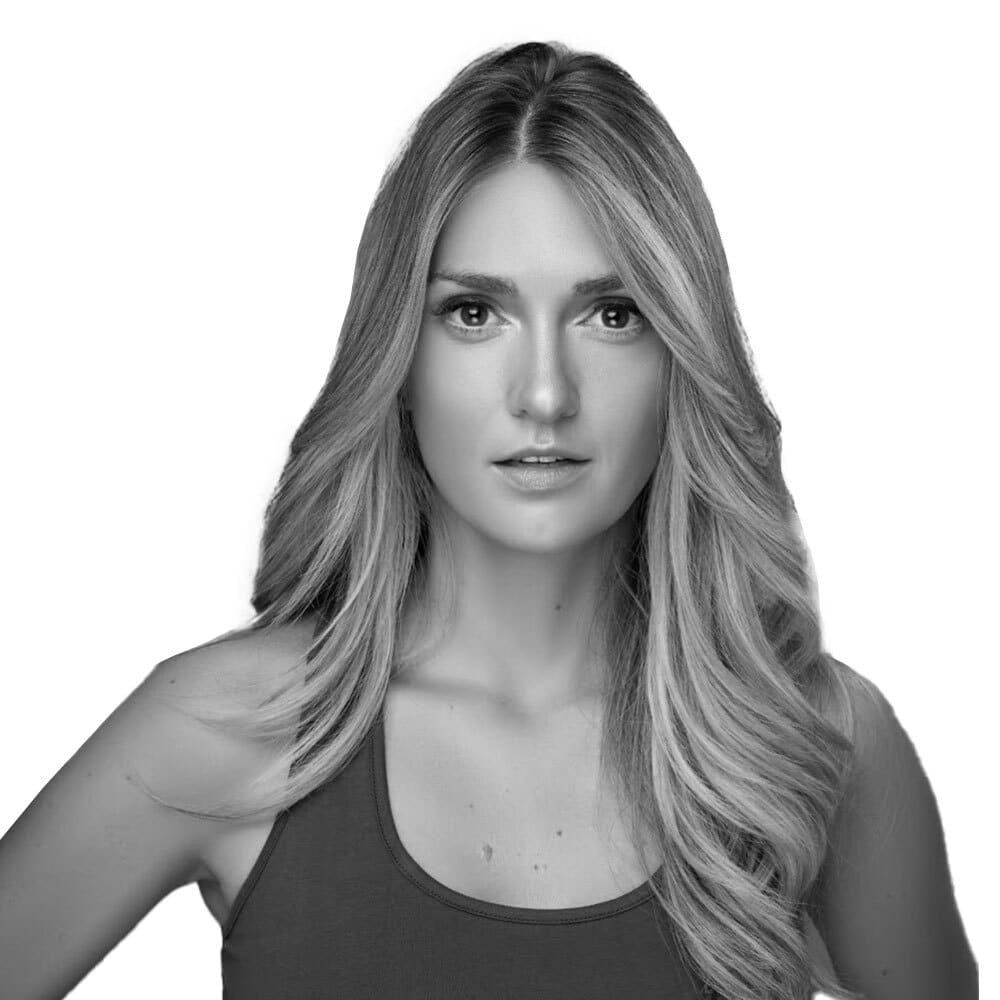Movies
Photo Illustration by Luis G. Rendon/The Daily Beast/Getty
My Nude Death Scene Made Horror Movie History. That’s Not Why It Should Terrify You.
THE NAKED TRUTH
“Terrifier” actress Catherine Corcoran responds to the recent fan demand for more nudity in horror films.
opinion

Trending Now





